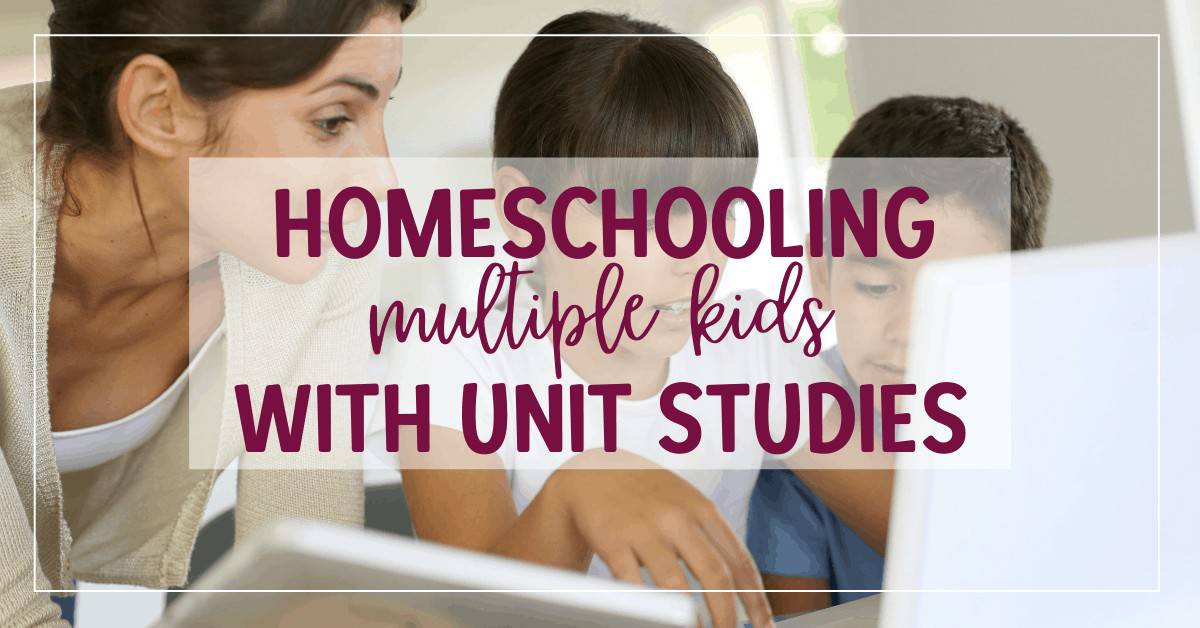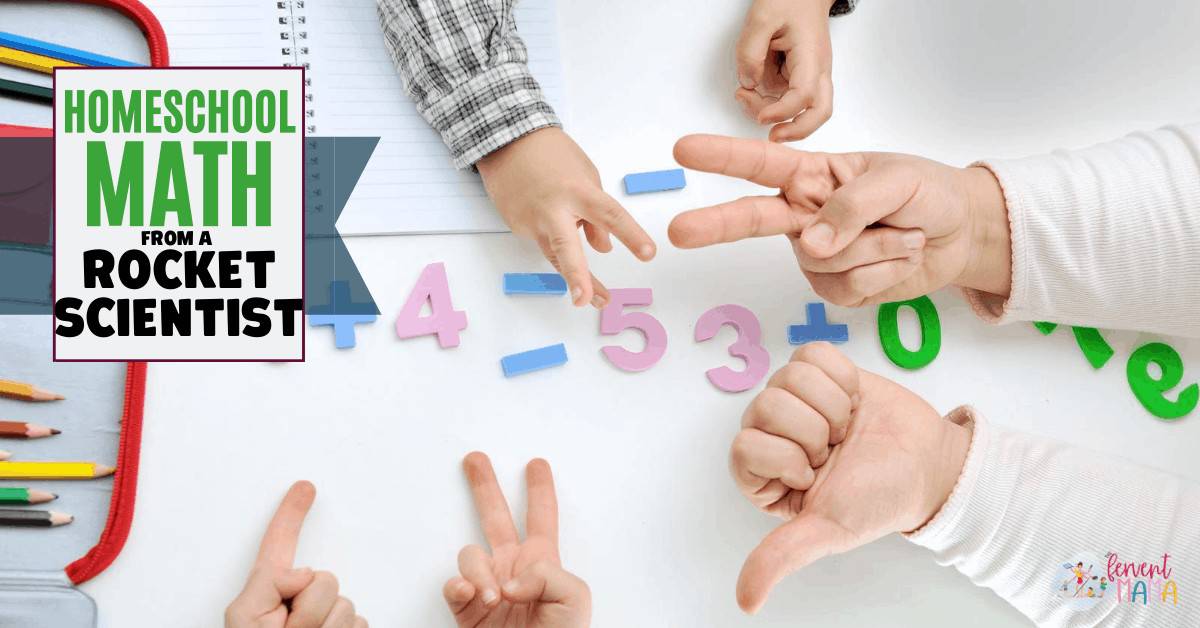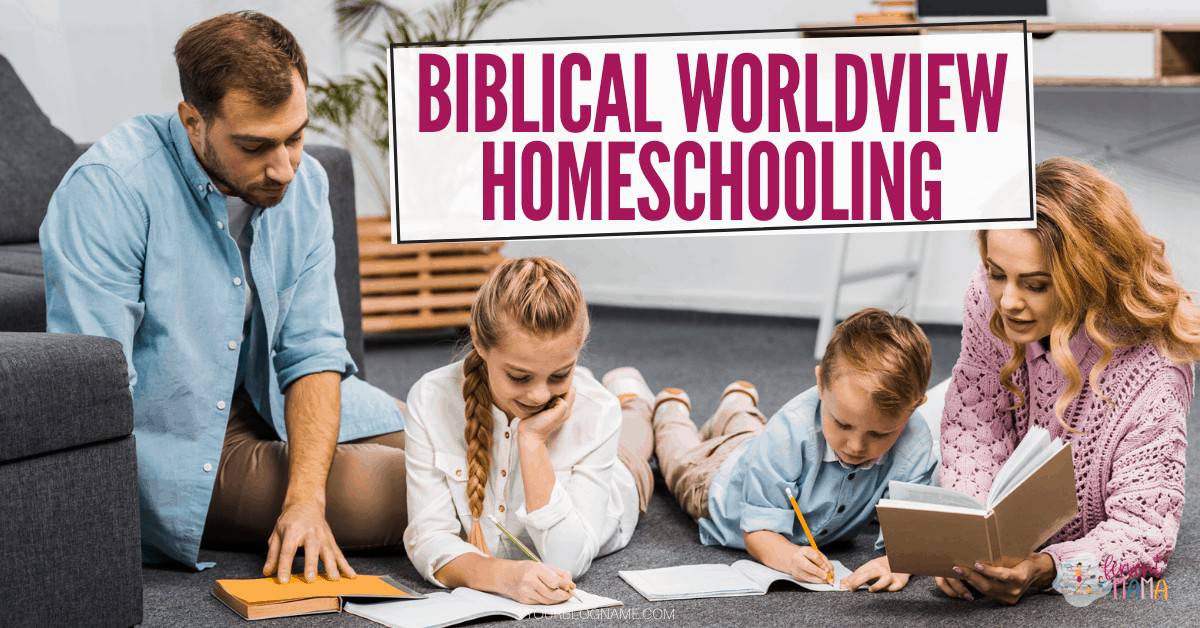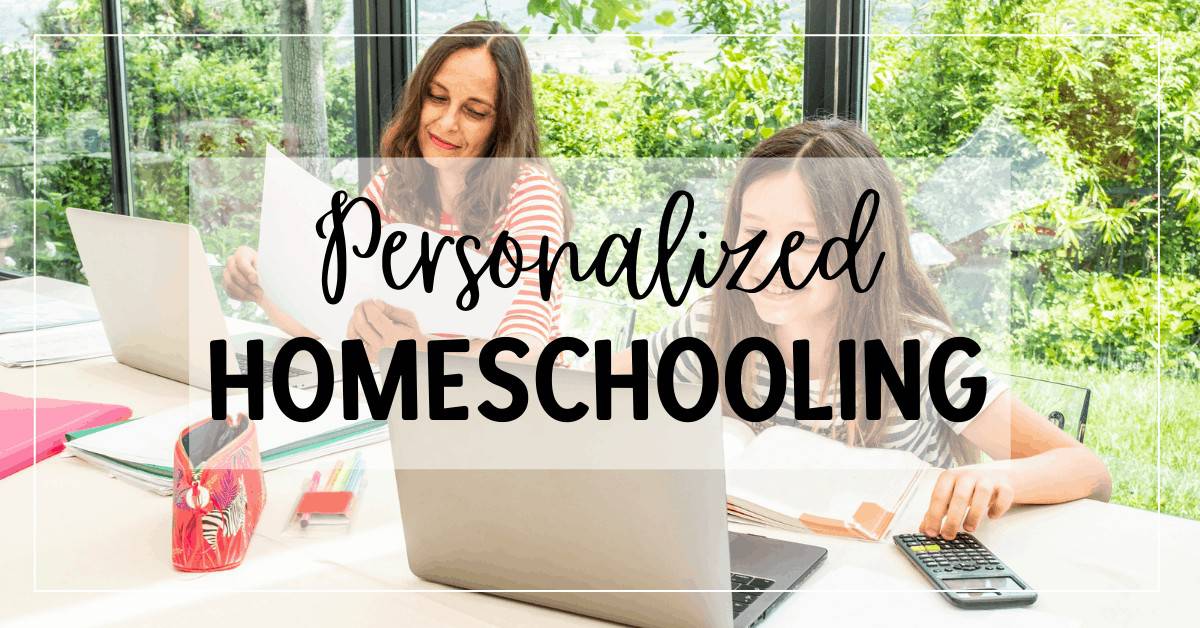Creating a Learning Conducive, Child-Friendly Homeschool Atmosphere
The Fervent Mama uses Affiliate Links. See our disclosure policy here.
Creating a Child-Friendly homeschool atmosphere is often underestimated. As a homeschool parent, our first attention always goes toward meeting the legal and systematic requirements.
And we do need to make sure that we satisfy the government demands with regards to homeschooling. We need to keep things legal and spend some of our time on doing what we know is expected of us.
Next, we look for books, supplies, and organizational tools based on reviews and recommendations of those who have more experience. We ask lots of questions in Facebook groups and spend way too many hours on Pinterest.
Our focus shifts to finding the right curriculum and storage for the curriculum. And sometimes that comes with very little regard towards creating an environment that is actually conducive to learning.
If you were sending your child to a ‘school’ and not educating him or her at home, you likely would choose a school based on its atmosphere AND its curriculum. You would assess how friendly and approachable the teachers are. You would take their philosophy of education and the school’s charism into consideration.
You definitely would want to make sure that your child feels safe and supported. Then, if your child has special needs, the atmosphere becomes that much more important.
When we send a child to school, the curriculum isn’t always at the forefront, the atmosphere is. Why is that? It is because the atmosphere matters.
Creating a Child-Friendly Homeschool Atmosphere

In the book, Real Learning: Education in the Heart of the Home, Elizabeth Foss writes: “When the atmosphere encourages learning, the learning is inevitable.”
If learning is the goal and the atmosphere is the means, we can’t ignore the environment our kids will be learning in our home and pretend that it doesn’t matter. So, let’s look at some of the things that affect the atmosphere in the homeschool.
Overall mood
When you sit down to learn, how would you describe the overall mood of the room? Does it feel relaxed and conducive to learning? Would you describe your homeschool as one that is cheerful and inviting?
How we feel and act as homeschool parents affect the mood of our homeschool. Sometimes as homeschool parents, we feel the pressure and demands of the outside world and it affects the mood in our homeschool. At times we place unrealistic expectations on ourselves without realizing it and it changes the tone of our homeschool.
Chances are that you want your homeschool to feel inviting and cheerful. You want your children to feel excited about learning at home. How can you create an overall mood that suits your needs and the needs of your children?
If you are looking to create a more peaceful homeschool atmosphere, check out my 10 Ways to Create a Peaceful Homeschool Environment.
The Homeschool Space
First off, I am going to tell you that you don’t need a schoolroom in your home. You might want to have an organized space for books and supplies, but you don’t need to turn a room of your home into a classroom unless that is your style.
Learning can happen anywhere. Most often children like to have a spot to call their own. After that, they need to be able to easily access any books and supplies that they use regularly.
Don’t overthink it. A bookshelf and pencil case might be all you need, or you might prefer to use a backpack to store your school books.
Keeping it simple and practical of the easiest ways to minimize stress, reduce clutter, and maximize space.
Are there any distractions in your learning space? This is a big one. Some kids are easily distracted, and as a result, appear lazy or defiant. Distracted children aren’t learning, and at times we need to come up with creative solutions to remedy this.
Sometimes I resort to separating certain children at specific learning times, and a barrier between them is highly effective. A foam project board is perfect for this.
Another consideration is comfort. There is a reason why so many homeschoolers wear pajamas to learn or spend a good part of the day learning on the sofa.
You don’t want children to associate learning with physical discomfort, if possible. An uncomfortable chair that squeaks might be distracting to some children.
When setting up your learning space, consider whether or not you prefer a more minimalistic environment. You can take a look at the Pros and Cons of a Minimalist Homeschool to determine the optimal setup for a child-friendly homeschool atmosphere for your space.
Inspiration
Surround your children with people, things, and ideas that will inspire them. Inspiration can be found in nature, books, art, music, and time spent with interesting people.
Children imitate what they see and hear. Surround them with beauty and good things that will inspire them to learn. A child-friendly homeschool atmosphere is one that inspires a child to be curious and creative. When a child is inspired, learning happens naturally.
For example, dedicate a bookshelf to displaying books in a child-friendly way. Stand the books so that the covers are facing the child.
A child is more likely to choose a book by the cover than by the spine. Libraries and bookstores use this exact method by using book displays to market their books.
In addition to displaying interesting and inspiring books, spend time reading aloud to your children. Books often inspire children to use richer vocabulary, create their own stories in words, and in imaginative play.
Inspire your children to read more when you Read With Your Children and Not Just To Them. While they’re playing, take a break and read something for your soul and well-being.
Allow your children access to art supplies. You may need to keep art supplies tucked away from babies and toddlers, but if possible have them accessible for the older children. This helps encourage creativity and build confidence.
Many seasoned homeschoolers see value in having a dedicated nature table. This space can inspire learning and discovery. Again, this doesn’t have to be elaborate. A table or shelf with a few treasures from nature walks and a field guide or nature book on display is all it needs.
Fun
A child-friendly homeschool atmosphere is fun. Include some learning or education games in your homeschool. Children learn best when learning is fun. Not every subject has to include a game or fun, but it sure makes life easier.
Some homeschool families host weekly or monthly poetry tea times or dress up in historical garb and eat themed meals based on something they’ve been studying. When learning jumps off the pages through fun activities, children are more apt to remember what they’ve learned.
Field trips and involvement in sport or group activities are great ways to add fun to your homeschool program plan. Movies, documentaries, concerts, online workshops, learning apps, and board games all add an element of fun and promote a child-friendly atmosphere that can enrich your homeschool.
Free Time
Children need lots of free time to grow and play. Plan for plenty of free time and try to resist planning subjects that require a lot of workbooks.
“Children learn as they play. Most importantly, in play, children learn how to learn.” ~ O. Fred Donaldson
Take time for plenty of breaks for the kids to run around, ride their bikes, listen to audiobooks, play with Legos, play music, and also allow for plenty of imaginative free play. This allows children to return to their lessons recharged and refreshed.
Allow yourself the freedom to create a child-friendly homeschool atmosphere. You are in control. You have the power to inspire and empower your children to fall in love with learning. Make this homeschool year the best as you pursue excellence, encounter beauty, and explore the world.
What are your favorite ways to create a learning conducive, child-friendly atmosphere is your homeschool?
This post was written by….

Tina von Hatten is an enthusiastic mom of 8. In her 13+ years homeschooling, she has gathered countless insights into the wonderful world of homeschooling; which she passionately shares with fellow homeschool families to encourage and inspire them on their own unique homeschool journeys.
When Tina isn’t busy homeschooling, you’ll find her blogging or vlogging over at meaningfulexplorations.com where the goal is to pursue excellence, encounter beauty and explore the world.
This article is a part of our How We Homeschool Series; a collection of content from full-time, veteran homeschoolers sharing their own experiences on the versatility and diversity of homeschooling.
You can read more about the series, and see all of the content, by clicking the image below.


















